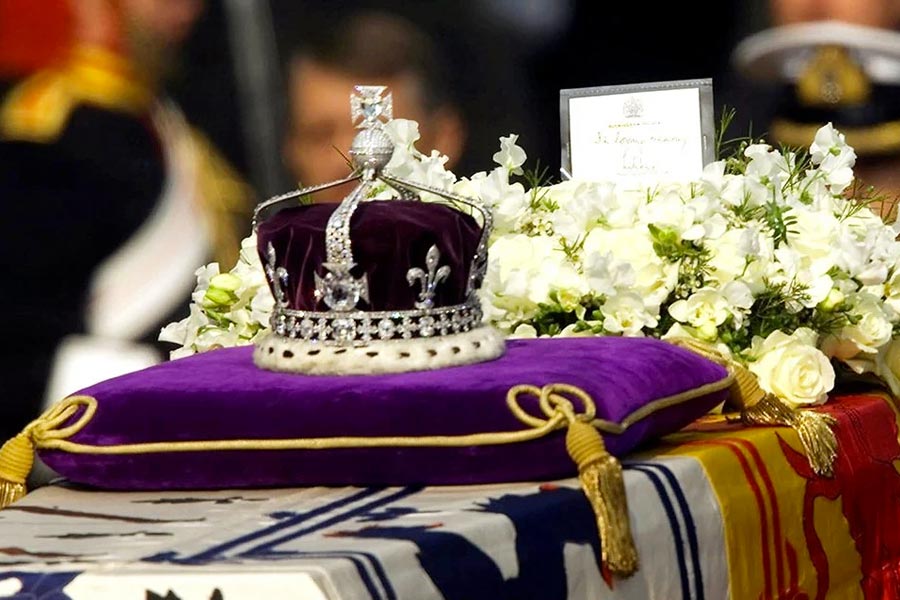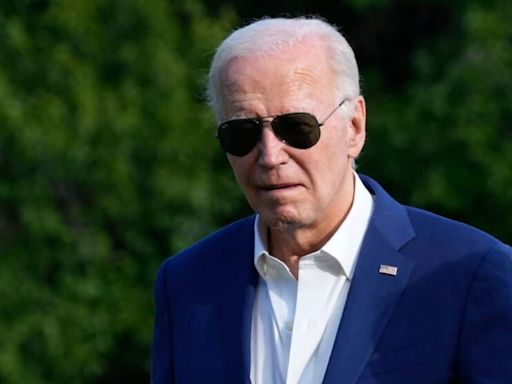Kohinoor display gets ‘transparent’ makeover at Tower of London

London: The Kohinoor diamond, claimed by India, will go on display with a new exhibition at the Tower of London on Friday within a “symbol of conquest” setting to try and contextualise its turbulent colonial history in a “transparent, balanced and inclusive” way.
Kohinoor, also referred to as Koh-i-Noor, forms part of the new Jewel House exhibition at the tourist attraction and is accompanied by a video which charts the diamond’s journey around the globe.
The attached labels for specific royal ornaments the Kohinoor has adorned over the years further explain the history of the diamond, which means mountain of light.
“The new exhibition explores the origins of a number of items in the collection, including the Koh-i-Noor,” said a spokesperson for the Historic Royal Palaces (HRP), the charity that manages Britain’s palaces.
“It references its long history as a symbol of conquest, which has passed through the hands of Mughal Emperors, Shahs of Iran, Emirs of Afghanistan, and Sikh Maharajas. We conducted extensive audience research before putting together this display, as well as consulting local community groups and specialist academics, which has informed our approach throughout and shaped our presentation of the Koh-i-Noor’s story,” the spokesperson said.
“Our aim throughout has been to present the history in a transparent, balanced and inclusive way, always informed by rigorous research,” they added.
Among the labelling to be used, the diamond will be described as a “Symbol of Conquest”, to note that it has had many previous owners, including Mughal Emperors, Shahs of Iran, Emirs of Afghanistan, and Sikh Maharajas.
“The 1849 Treaty of Lahore compelled 10-year-old Maharaja Duleep Singh to surrender it to Queen Victoria, along with control of the Punjab. Koh-i-Noor means ‘Mountain of Light’ in Persian,” reads the label.
An Armlet dating back to 1830 has the label: “Queen Victoria received the Koh-i-Noor diamond in 1850, set in this enamelled armlet. Now set with replicas, the central stone shows the Koh-i-Noor’s earlier Mughal cut. It was re-cut in 1852 to improve its sparkle and conform to European tastes.” With Queen Alexandra’s Crown of 1902, the label reads: “The Koh-i-Noor, sometimes considered lucky, developed a reputation for bringing bad luck to men who wore it. From 1902 it was set in the crowns of several Queens Consort, beginning with Queen Alexandra’s Crown, now set with replicas. The Koh-i-Noor is currently set in Queen Elizabeth The Queen Mother’s Crown, 1937.” The exhibition, which runs until November, has been conceived as a special display of all the jewels that have returned to the Tower of London after their use during the historic Coronation ceremony of King Charles III and Queen Camilla. In a diplomatic move, Camilla had conspicuously chosen not to be crowned queen using the Kohinoor as per royal tradition.
“Following the Coronation of Their Majesties King Charles III and Queen Camilla, we are delighted to unveil our new Jewel House exhibition, which explores the history of this magnificent collection in more detail than ever before,” said Andrew Jackson, Resident Governor of the Tower of London and Keeper of the Jewel House.
“The Crown Jewels are the most powerful symbols of the British Monarchy and hold deep religious, historic, and cultural significance. From their origins to their use during the Coronation ceremony, the new Jewel House transformation will present the rich history of this magnificent collection with more depth and detail than ever before,” added Charles Farris, Public Historian for the History of the Monarchy at Historic Royal Palaces.
Alongside the exhibition, imagery from the Coronation on May 6 will feature in a new ‘Crown and Coronation’ display which will later tour the UK. The Crown Jewels have been kept at the Tower of London since 1661, continuing a tradition of protecting precious objects at the historic fortress.




